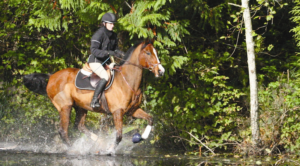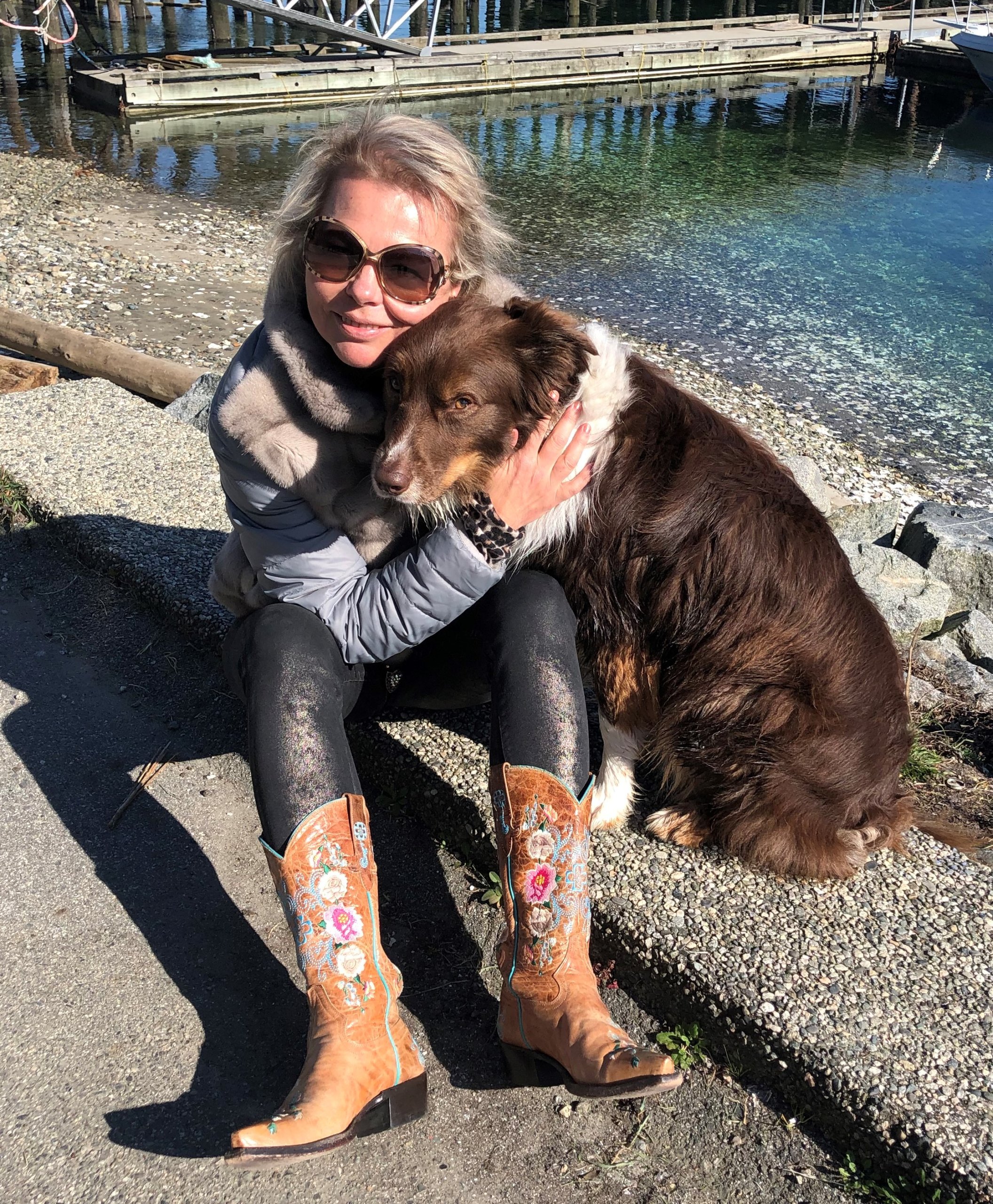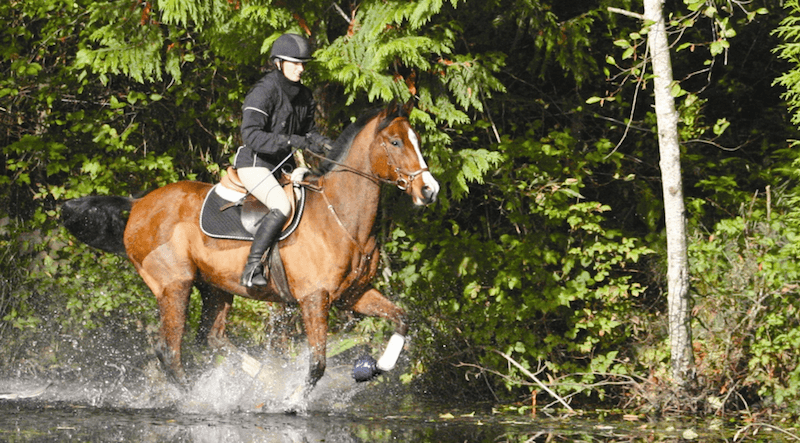Handy Hoof Hints, Part 2
By Carole Herder
This is not a discussion on the more serious hoof related issues such as laminitis, deformity, injury, or navicular disease. It’s a simple overview of common hoof problems and their causes, origins and some basic considerations for treatment.
Nutrients
The hoof needs nutrients. It’s not complicated, and nature provides. Horses are enduring survivors. They are not like cows and interestingly can subsist in areas where cows and sheep cannot. Even if the food digested is lower quality, as long as it is high fiber, horses can digest huge amounts.
Feeding them cultivated high proteins that they can quickly gobble up, with starchy sugars and fructose, is not appropriate for their natural digestive system and can lead to any number of hoof related problems. Slow feeders are a wonderful way to slow the process down so they are not gorging but eating small amounts with continuous mastication as nature intended. Keep the feeder low or on the ground, as head-down position is best for your horse’s digestion.
Balance

In the wild, horses move many miles a day on hard, aggressive terrain, ultimately trimming their own hooves to accommodate their bodies. When keeping a domestic horse, it is our responsibility to ensure their hooves are properly balanced and correctly trimmed. Your trimming program should mirror what happens naturally. This goes a long way in alleviating many of the problems our horses suffer from.
Conditions & Treatments
Tenacious and smelly, thrush is characterized by a foul odor involving the frog and the central and lateral sulci. The area should be cleaned out with antiseptic, protected from mud and moisture and kept dry. You may have to delve deep into sensitive tissue to really clean the infection out and it can be painful for your horse. Once it’s clean, it should be treated with antibacterial product. Be diligent and treat thrush daily or you will not conquer its obstinate persistence.
A horizontal hoof crack is often referred to as a blowout. It results from an injury to the coronary band or a blow to the hoof. These cracks will generally not increase in size, will heal on their own, and can often go unnoticed. On the other hand, the vertical varieties are most often a result of hoof imbalance. All that may be required is to remove the bacteria and rebalance the hoof. Horses have incredible healing power, and, in this case, new growth is essential for healing. You may use one of several repair products to patch the crack but be very cautious not to trap moisture inside.
Seedy toe cannot exist without white line separation which stems from inadequate nutrition, lack of movement (hoof mechanism) or a badly imbalanced hoof. Thankfully all of the above can be resolved. If the condition is severe, it may require a veterinarian for a possible diagnosis of insulin resistance (which then relates back to the feed program) or she may advise a hoof re-section. You could pack the white line separation with an antifungal batting which should be kept dry and protected.
Hoof Boots
Trying to keep your horse’s hooves dry and protected while rehabilitating a problem can be challenging. Hoof boots will facilitate your efforts. Leave your horse barefoot so that you can often and easily treat the problem, while maintaining a good balanced trim to correct negative mechanical forces.
Boots will help to hold the batting or treatments in place. The drainage holes in Cavallo Boots, which are so beneficial while riding can easily be blocked with duct tape to allow poultice treatments and bandaging.
Your horse will be more inclined to move as he will be more comfortable with sole protection. Cavallo Hoof Boots are an indispensable aid in healing hoof problems and can easily be used when riding.
Have Fun, Go Riding
Get out there and ride. Horses thrive on movement and increased circulation. It can be that simple. There is good information readily available for you to learn more. Hopefully your farrier/trimmer can be your best resource. Find someone you can talk to, whose company you enjoy, and who answers your questions in a way you can understand. Do not overreact when you discover a problem. Horses have amazing ability to heal and very often with treatments less is best.
For more information visit www.cavallo-inc.com
Or email [email protected]

Carole Herder is the author of #1 bestselling books There Are No Horseshoes in Heaven and Hoofprints on The Journey. Her company, Cavallo, manufactures, and distributes Cavallo Hoof Boots and Saddle Pads to 26 countries worldwide, and all Cavallo products are designed and developed by Carole. She’s an honoured recipient of the BCBusiness Women Innovator Award, Royal Bank of Canada Woman Entrepreneur Award, a member of the Women Presidents’ Organization and a certified Chopra University Yoga Instructor and Ayurvedic Teacher.







